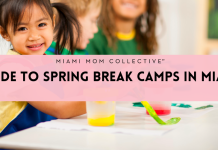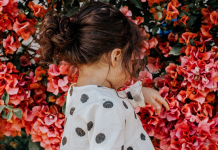What Is Sensory Overload?

When the sensory information that our brain is processing becomes too much for our brain to handle, we move past a state of sensory dysregulation, and into sensory overload. This is neurological. Your body literally releases stress hormones and the blood flow into your brain moves to the primitive or lower centers of the brain (like fight or flight state). Click here to read my previous post about sensory processing differences in motherhood.
Know the Signs
Have you ever experienced any of the following during a hard time with your kids?
- Extreme irritability
- Difficulty focusing
- An urge to close your eyes or block your ears
- You want to escape
- “Wound up” and taking a long time to get back to your normal self
- Uncoordinated or off-balance
If the answer is yes, then you have experienced sensory overload. And YES, sensory overload can happen even to people who don’t have a sensory processing disorder or a sensory processing problem.

Identify Your Sensory Triggers
First, I want to challenge you to recognize what your sensory triggers are:
- Find a time of day when you notice yourself feeling a little flustered like you can’t imagine yourself having a conversation with another adult at the same time.
- Think about what is dysregulating you. How many sounds are you processing right now? What are you trying to do at this moment? Are you feeling time pressure to finish a task? How much mess/clutter is around you? What is touching you? How comfortable is your body position and clothing?
- Try this out for a few days and make a note of times of the day when this seems to repeat itself.
Create a Sensory Overload Plan
Now that you have an idea of what your unique sensory experience looks like, let’s talk about a sensory overload plan to get you back to a calm, regulated state, and be able to parent the way you want to:
- First, STOP! Notice what is happening around you and which of your senses are bothering you right now the most.
- What can you do to change the environment to not experience this sense? (Tip: yelling at your kids is very unlikely to do the trick here as kids respond to anger by crying, pushing, screaming, etc.)
- Simplify what you need to get done.
- Take a break!

If you are interested in learning more about our sensory system and regulation skills, drop me a note in the comments below!
















